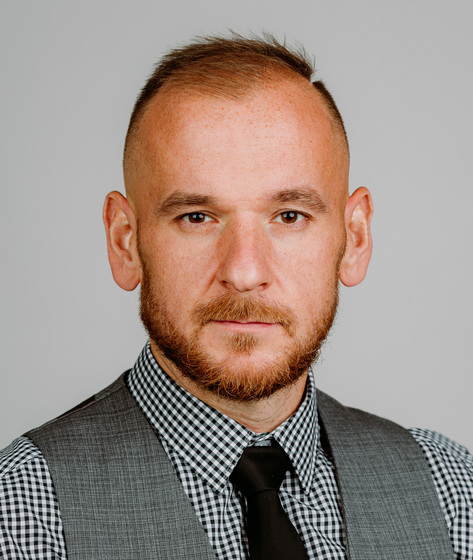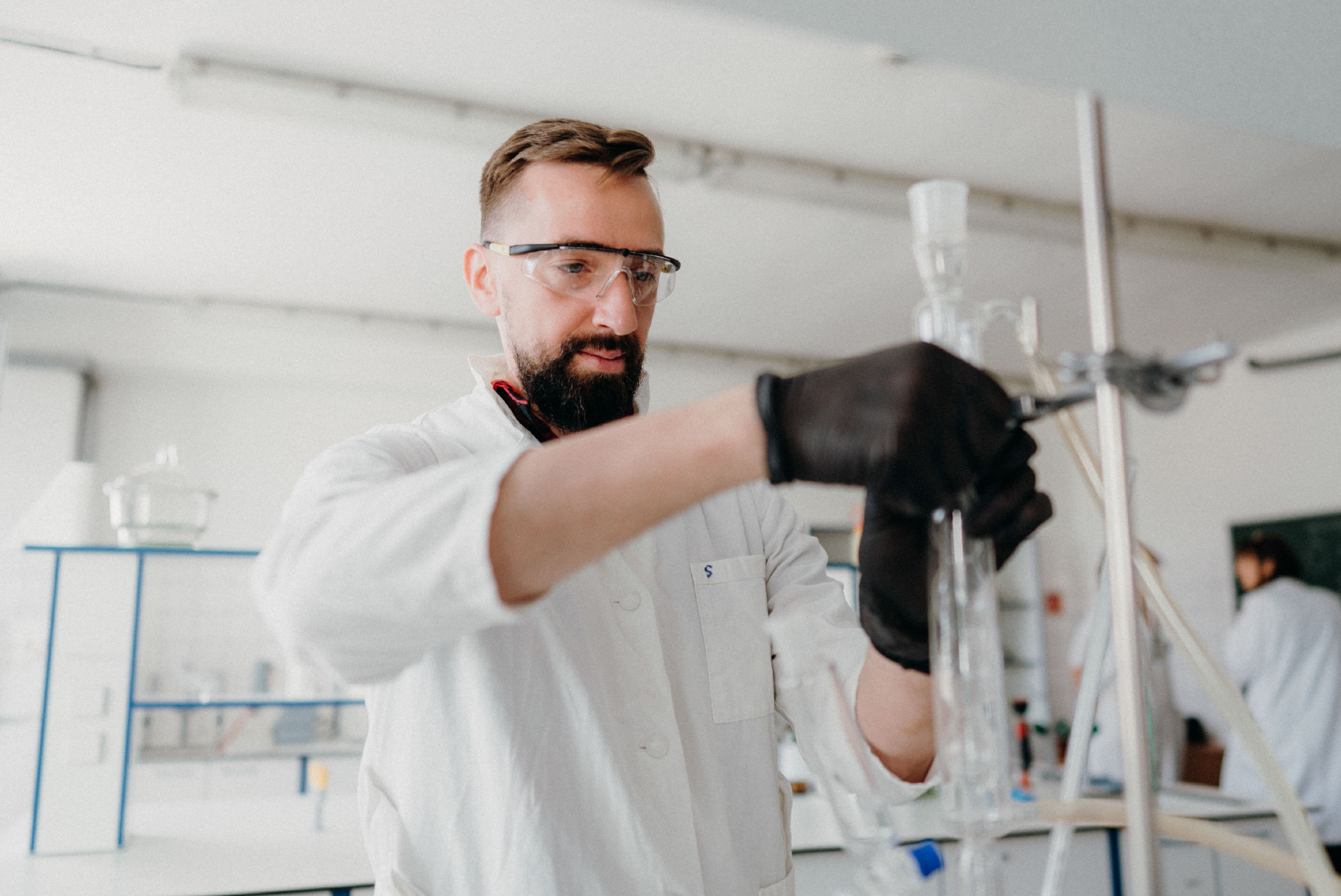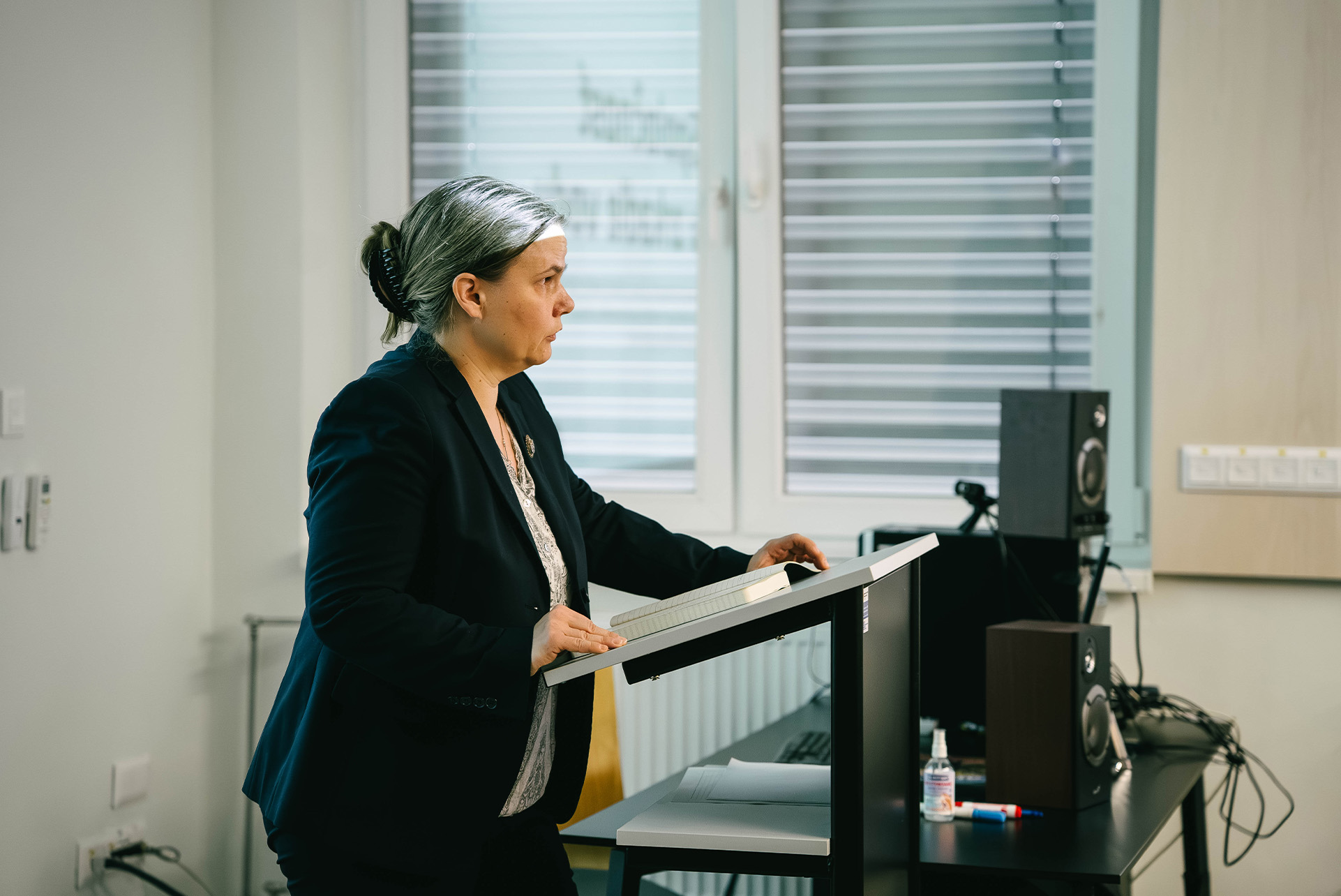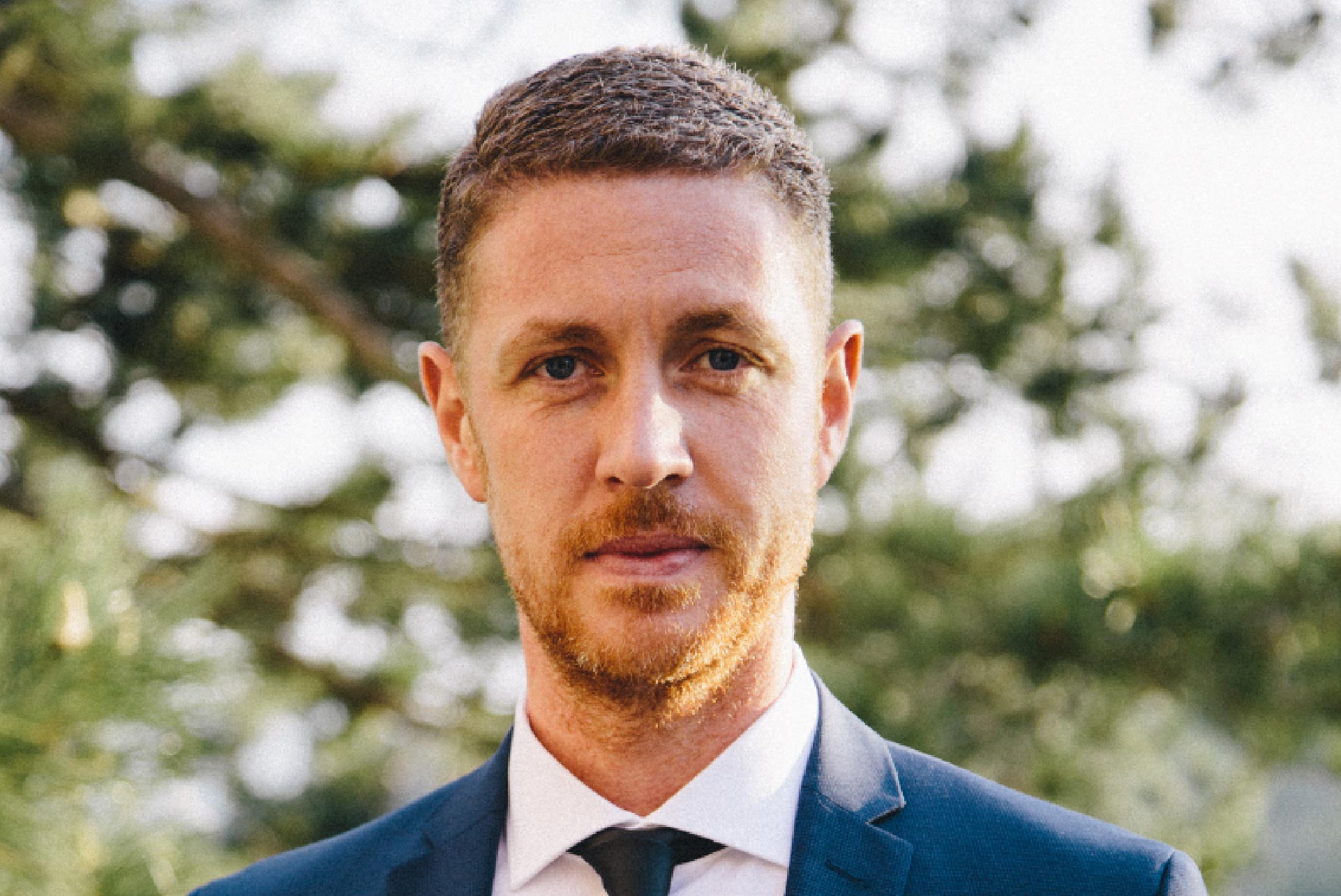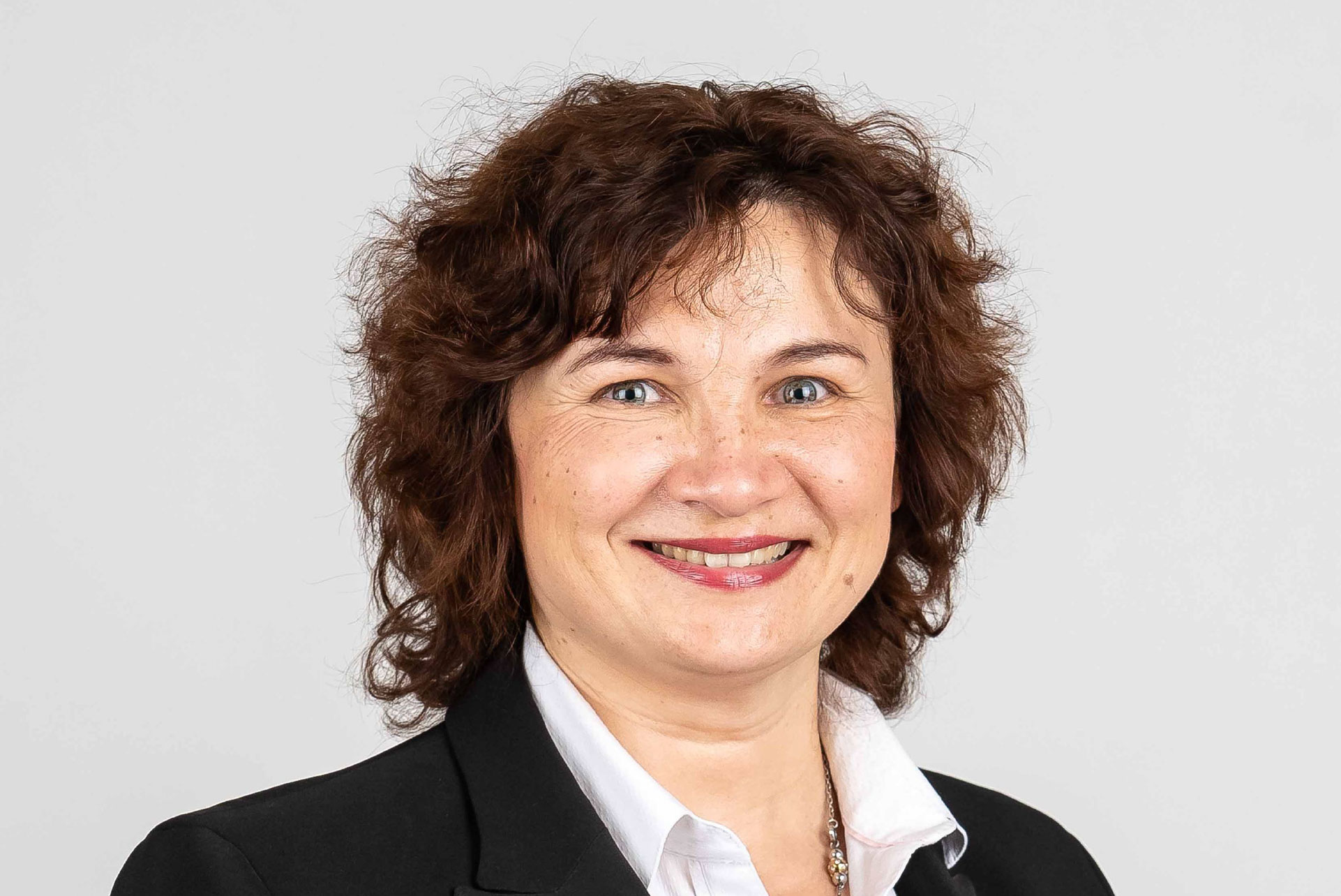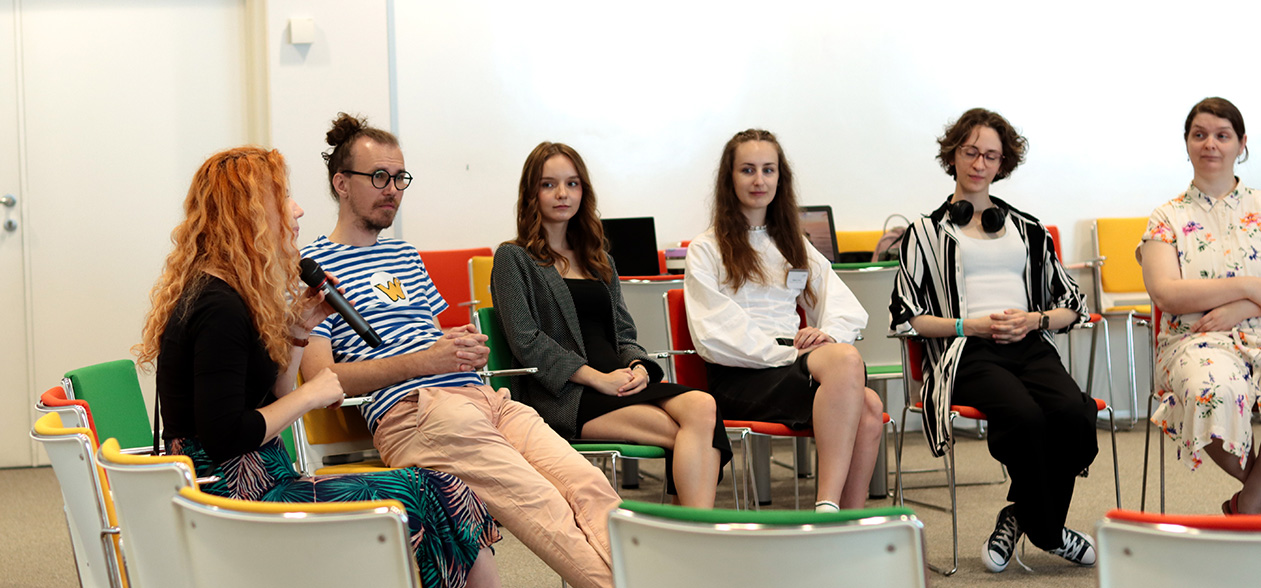
The summer hackathon at FPV brought chewing gum for a healthier smile, vineyard protection, and science on TikTok.
Lifbee Academy, in collaboration with FPV, organized a summer hackathon that showed that combining science, entrepreneurship, and creative thinking can yield solutions with real social and economic impact.
"Hackathon is an annual activity of Lifbee Academy, which focuses on connecting young people with scientific research, innovation, and the business environment. The Faculty of Natural Sciences at UCM has a long-term cooperation with Lifbee Academy, which is also supported by a memorandum of understanding," explains Dominika Vešelényiová, Vice-Dean for International Relations and Doctoral Studies at FPV and organizer of the event. The main goal of the event was to enable students and young researchers to tackle real-world challenges in biology, biotechnology, and healthcare while developing their ability to work in multidisciplinary teams.
Ideas worth developing
A team consisting of oncology student Katarína Buranovská, scientist Lenka Trnková, and computer science students Patrik Kozlík and Peter Hubina conducted a survey among 154 smokers and found that chewing gum is the most common solution to oral problems. This led to the idea of creating probiotic chewing gum with a unique composition that restores a healthy oral microbiome and reduces inflammation.
Product manager Péter Stingel, lead developer Michal Ondrejička, future innovator Marek Kucej, and PhD. medical student Filip Jura designed a system based on CRISPR-Dx technology and artificial intelligence. The grower takes a sample, evaluates the result immediately, and the data is stored in a database to map the occurrence of viruses and viroids in vineyards. This system can fundamentally change the way vineyards are protected—not only in Slovakia, but in wine-growing regions worldwide.
The third team, consisting of strategy and business student Vadym Palchyk, biomedicine student Sophie Červenáková, and postdoctoral researcher Danica Ivovic, developed a strategy based on authentic stories, visually appealing content, and targeted communication on platforms such as Instagram and TikTok. The goal is to show young people that studying natural sciences leads to real impact.


How multidisciplinarity works at a hackathon
At the beginning of the hackathon, all topics were presented to the participants. "They then signed up for the topic that interested them most and where they felt they could contribute their skills. This natural process resulted in multidisciplinary teams bringing together students and young professionals from various fields, ranging from natural and biomedical sciences to IT and business," describes the vice dean.
The topics were prepared by the faculty in collaboration with Lifbee Academy and were based directly on current research. "The faculty contributed three of the seven topics addressed. After their presentation, participants had the opportunity to choose the topic that interested them most and where they could use their knowledge and skills," adds Vešelényiová.
Universities and practice must be linked
"The university produces top-quality basic research, but it is not always easy to transfer these results directly into practice. Scientists naturally focus primarily on the scientific side and further research, while the process of knowledge transfer also requires marketing and business skills," says the vice-dean. According to her, the model of cooperation with external teams is therefore extremely valuable: "It allows us to combine the professional depth and quality of university research with a practical perspective, entrepreneurial thinking, and the ability to bring ideas to life. As a result, the solutions have not only scientific value but also a real social and economic impact."
According to Vešelényiová, the hackathon brought several benefits to the university and the wider community.
"The participants did not focus solely on the design of a commercially viable product based on basic research, but also brought a different perspective—for example, on the level of awareness of science in society and the extent to which the topics we deal with at FPV UCM are perceived as familiar problems," she says.
"The teams also brought new ideas on how to effectively promote and communicate research results to the public in order to generate interest and raise awareness of these topics. In addition, they conducted market research to find out whether similar products already exist and whether the transfer and commercial application of the proposed solutions would have real economic potential," he adds.
The organizers do not want to stop at just one year. "Definitely yes—we would like to get involved in the future with new topics for the teams to work on. At the same time, we want to continue working with the teams from this year and further develop the ideas that emerged during the hackathon," says Vešelényiová.


